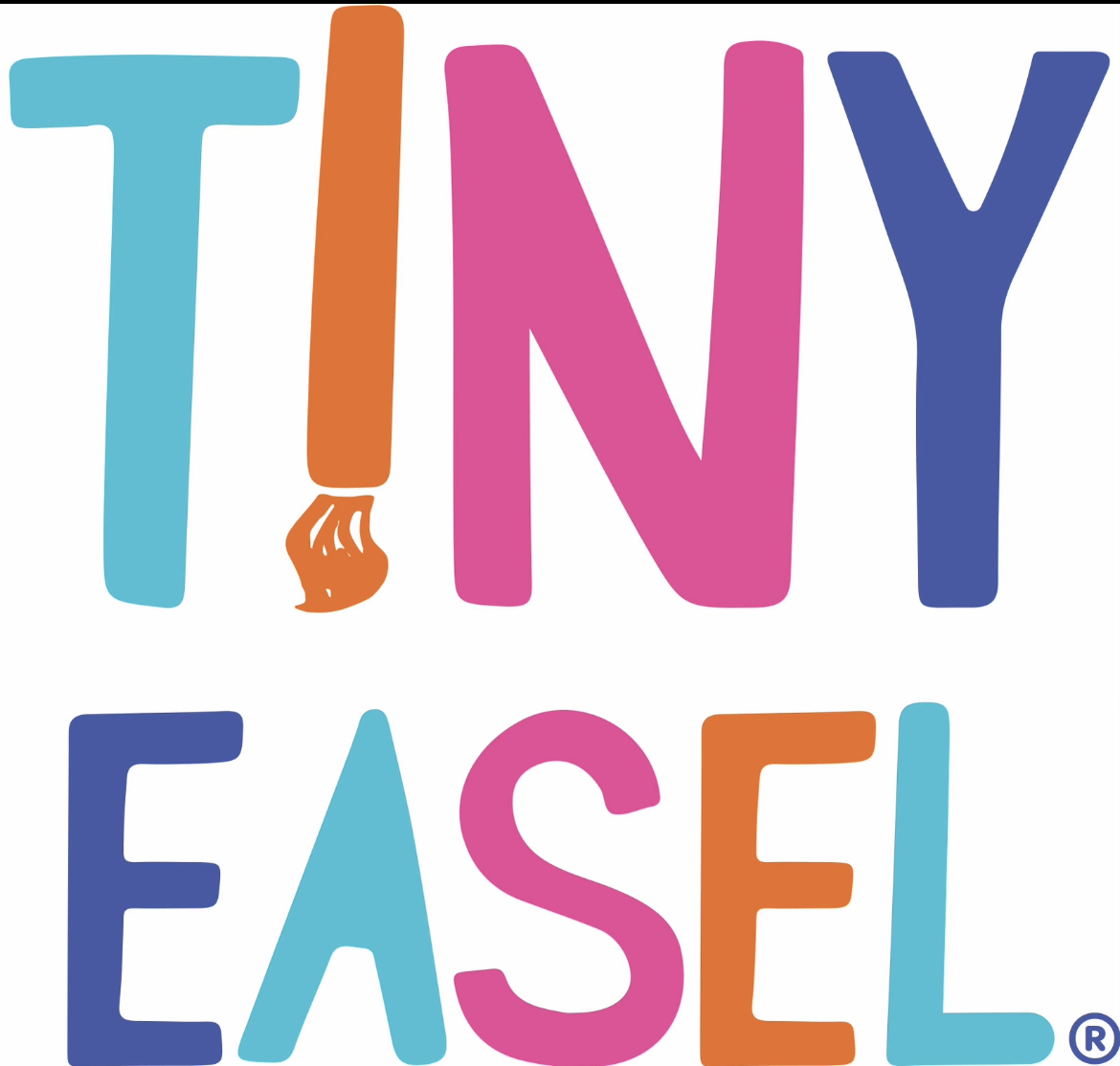Life has a way of throwing unexpected challenges our way, often leaving us feeling overwhelmed and anxious. During these times, exercise can be one of the best tools to help manage stress and improve mental health. Physical activity doesn’t just benefit your body; it has profound effects on your mind as well. Exercise releases endorphins, improves sleep, and reduces the production of stress hormones—making it an excellent remedy for reducing stress and anxiety. In this article, we’ll explore some of the best workouts to help you find calm, regain control, and restore your peace of mind.
Yoga: The Perfect Mind-Body Practice
Yoga is one of the best workouts for reducing stress and anxiety, thanks to its combination of movement, breathwork, and mindfulness. The gentle stretching and poses, paired with deep breathing, activate the body’s relaxation response, lowering stress levels and promoting a sense of calm.
Yoga focuses on being present in the moment, which helps quiet the mind and alleviate the racing thoughts that often accompany anxiety. Poses such as Child’s Pose, Cat-Cow, and Legs-Up-the-Wall are particularly calming and help release tension in the body.
Practicing yoga doesn’t require you to be flexible or experienced—there are many different styles to suit your needs, from more vigorous practices like Vinyasa to the slower, more restorative practices like Yin Yoga. A consistent yoga practice, even just 10 to 15 minutes a day, can help you build resilience against stress and find a deeper connection to yourself.
Walking: Simple, Effective, and Free
When stress starts to take over, sometimes the best remedy is as simple as going for a walk. Walking is one of the most accessible forms of exercise and offers significant benefits for reducing anxiety and stress. Getting outside for a walk, especially in nature, helps you step away from your worries and take in your surroundings with a fresh perspective.
Nature walks are particularly effective because spending time outdoors has been shown to lower cortisol levels and boost mood. The rhythmic movement of walking also promotes the release of endorphins, which help you feel more relaxed and content. Whether it’s a leisurely stroll through a park or a brisk power walk around your neighborhood, taking time to walk each day can help clear your mind and reduce tension.
Running: The Power of a Runner’s High
For those who enjoy a more vigorous form of exercise, running can be an excellent way to combat stress and anxiety. Running elevates your heart rate and encourages the release of endorphins, sometimes called “feel-good” hormones, which help improve mood and create a sense of well-being. Many runners experience what’s known as a “runner’s high,” a feeling of euphoria that occurs after sustained physical activity.
Running also provides an opportunity for mental clarity. The repetitive motion of your feet hitting the pavement, combined with the natural rhythm of your breath, can create a meditative state that helps quiet anxious thoughts. If running feels intimidating, start with a run-walk approach, gradually increasing the time you spend running as your fitness level improves.
Strength Training: Build Physical and Mental Resilience
Strength training isn’t just about building muscle—it’s also a powerful way to reduce stress and boost mental health. Lifting weights or doing bodyweight exercises like squats, lunges, and push-ups can help channel anxious energy into something productive. Strength training boosts levels of dopamine, serotonin, and norepinephrine, all of which play key roles in regulating mood and reducing anxiety.
One of the most rewarding aspects of strength training is the sense of accomplishment that comes from lifting heavier weights or completing more repetitions. This sense of achievement helps build confidence and resilience, both of which are essential for managing stress. Aim to incorporate strength training into your routine two to three times a week, focusing on exercises that target all major muscle groups.
Dancing: Letting Loose and Having Fun
Dancing is a joyful and expressive way to reduce stress and anxiety. Whether you’re dancing in your living room to your favorite songs or taking a Zumba or hip-hop class, dancing allows you to release pent-up energy and emotions in a creative and freeing way. The combination of movement and music provides an instant mood boost, making it an effective remedy for a rough day.
One of the great things about dancing is that it doesn’t require any special equipment or skill level. You can simply put on your favorite playlist and let your body move in whatever way feels good. The physical exertion, combined with the emotional release that dancing provides, helps to reduce levels of stress hormones and leaves you feeling lighter and more relaxed.
Pilates: Strengthening the Body and Calming the Mind
Pilates is a low-impact workout that focuses on core strength, flexibility, and controlled movements. It emphasizes proper breathing and alignment, helping you connect with your body and calm your mind. The mindful nature of Pilates encourages you to focus on each movement, which can be incredibly grounding and helps to reduce anxiety.
Pilates is especially effective for those who hold tension in their bodies, as the exercises work to lengthen and strengthen muscles while releasing tightness. Regular Pilates practice can improve posture, increase body awareness, and promote a sense of balance—both physically and mentally. Whether you attend a class or follow an online workout, Pilates is a gentle yet powerful way to relieve stress.
Tai Chi: The Art of Moving Meditation
Tai Chi is an ancient Chinese martial art that involves slow, flowing movements and deep breathing. Often described as “moving meditation,” Tai Chi is particularly effective for reducing stress and anxiety because it combines physical movement with mindfulness. The gentle, deliberate motions help bring your focus to the present moment, reducing the tendency to dwell on worries or stressors.
Tai Chi also promotes relaxation by encouraging the release of muscle tension and improving circulation. It’s a great option for people of all fitness levels, including those who may have mobility issues or prefer a low-impact exercise. Practicing Tai Chi regularly can help cultivate inner peace, improve balance, and enhance overall well-being.
Swimming: A Full-Body Stress Reliever
Swimming is an excellent full-body workout that provides both physical and mental relaxation. The sensation of being in water has a naturally calming effect, and the rhythmic nature of swimming laps can help regulate your breathing and bring about a meditative state. Swimming is also low-impact, making it a great choice for those with joint pain or injuries.
The combination of movement, controlled breathing, and the soothing properties of water helps to reduce stress hormones and promote relaxation. Whether you prefer leisurely strokes or a more vigorous swim, spending time in the pool can help you release tension and feel more at ease.
High-Intensity Interval Training (HIIT): Quick and Effective Stress Relief
High-Intensity Interval Training (HIIT) may seem counterintuitive for stress relief, given its intense nature, but it can be highly effective for reducing anxiety. HIIT workouts involve short bursts of intense exercise followed by brief periods of rest. This type of training not only improves cardiovascular fitness and burns calories but also triggers the release of endorphins, which help reduce stress and improve mood.
One of the major benefits of HIIT is its efficiency—workouts are typically short, often lasting just 20-30 minutes, making them easy to fit into a busy schedule. The intense physical exertion provides a healthy outlet for releasing stress and can leave you feeling empowered and invigorated.
Finding the Right Workout for You
The best workout for reducing stress and anxiety is ultimately the one that you enjoy and can stick with consistently. Everyone is different, and what works for one person may not work for another. The key is to find activities that make you feel good, both physically and mentally. Whether it’s yoga, running, dancing, or swimming, incorporating regular exercise into your routine can help you manage stress, improve your mood, and enhance your overall quality of life.
Remember, exercise doesn’t have to be strenuous to be effective. Even gentle movement, like walking or stretching, can make a significant difference in how you feel. The goal is to move your body in a way that brings you joy and helps you find relief from the stresses of daily life. With consistency and an open mind, exercise can become a powerful tool for cultivating calm, reducing anxiety, and promoting lasting well-being.








